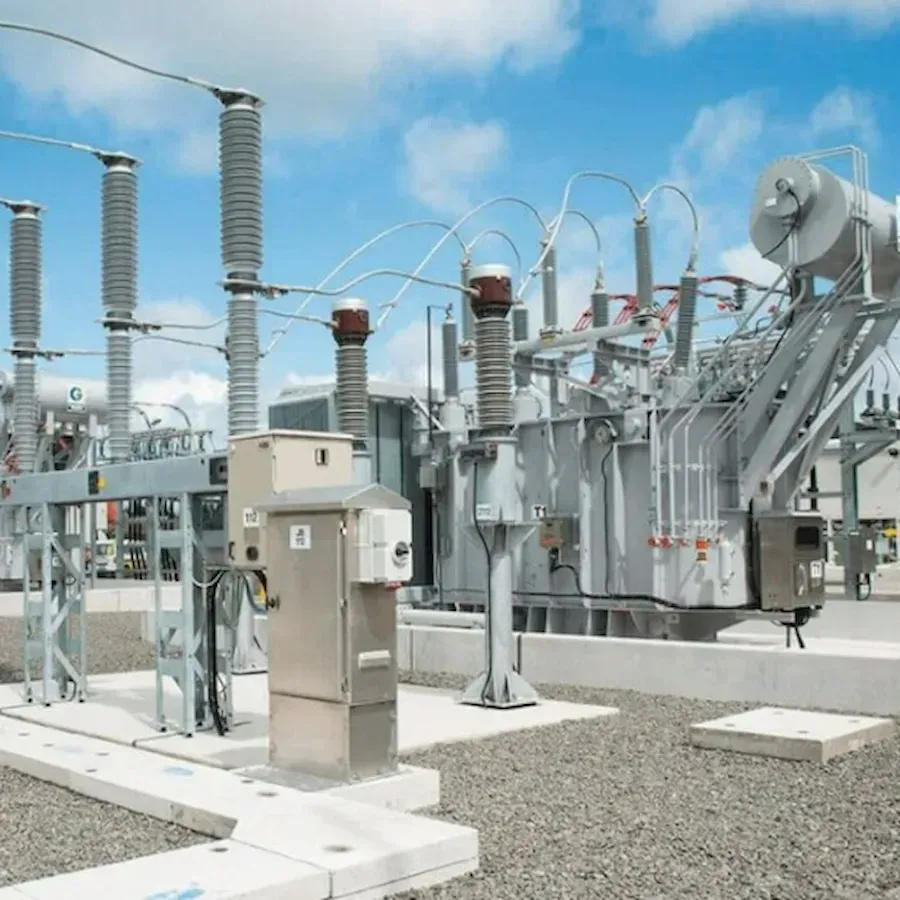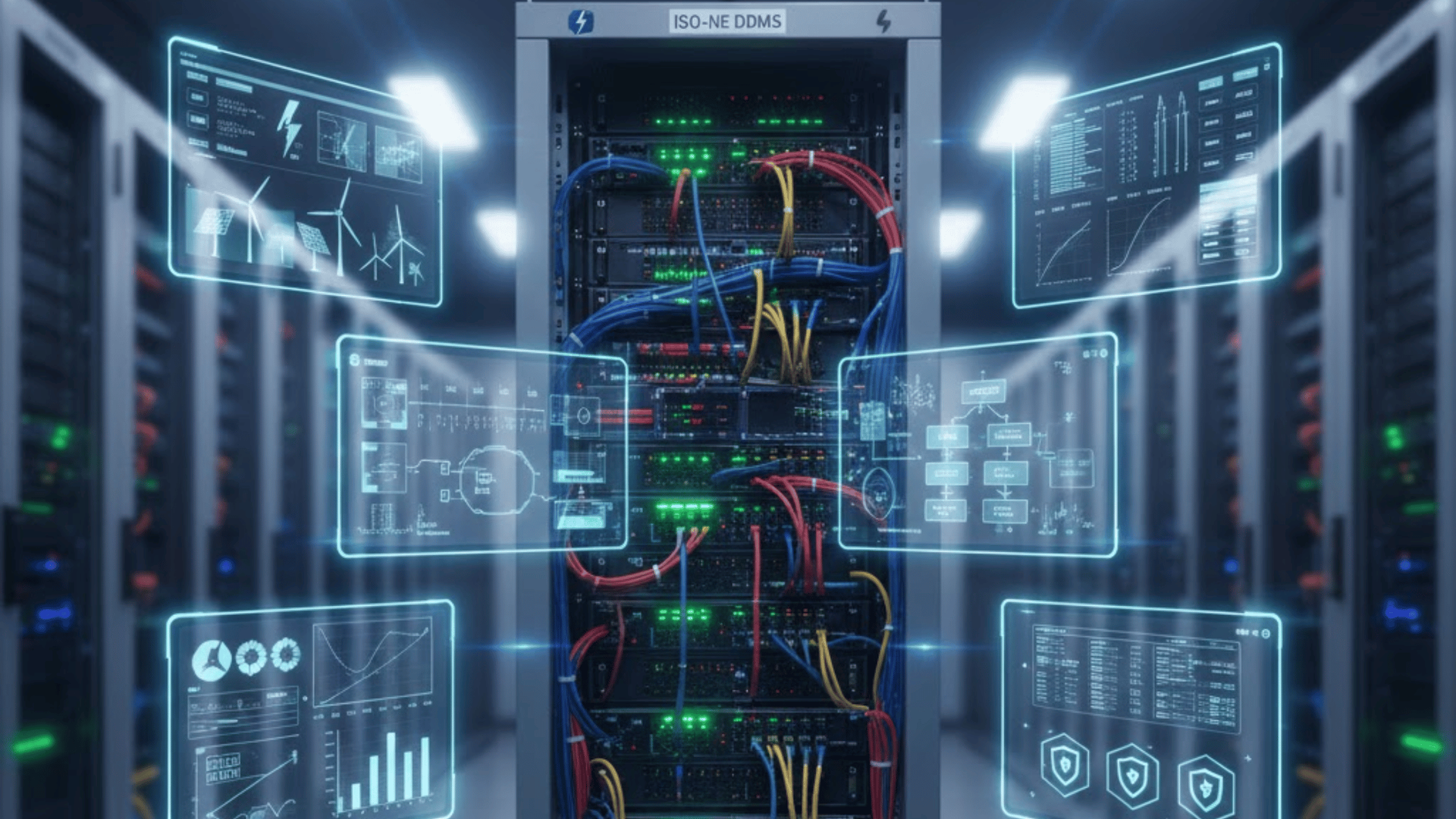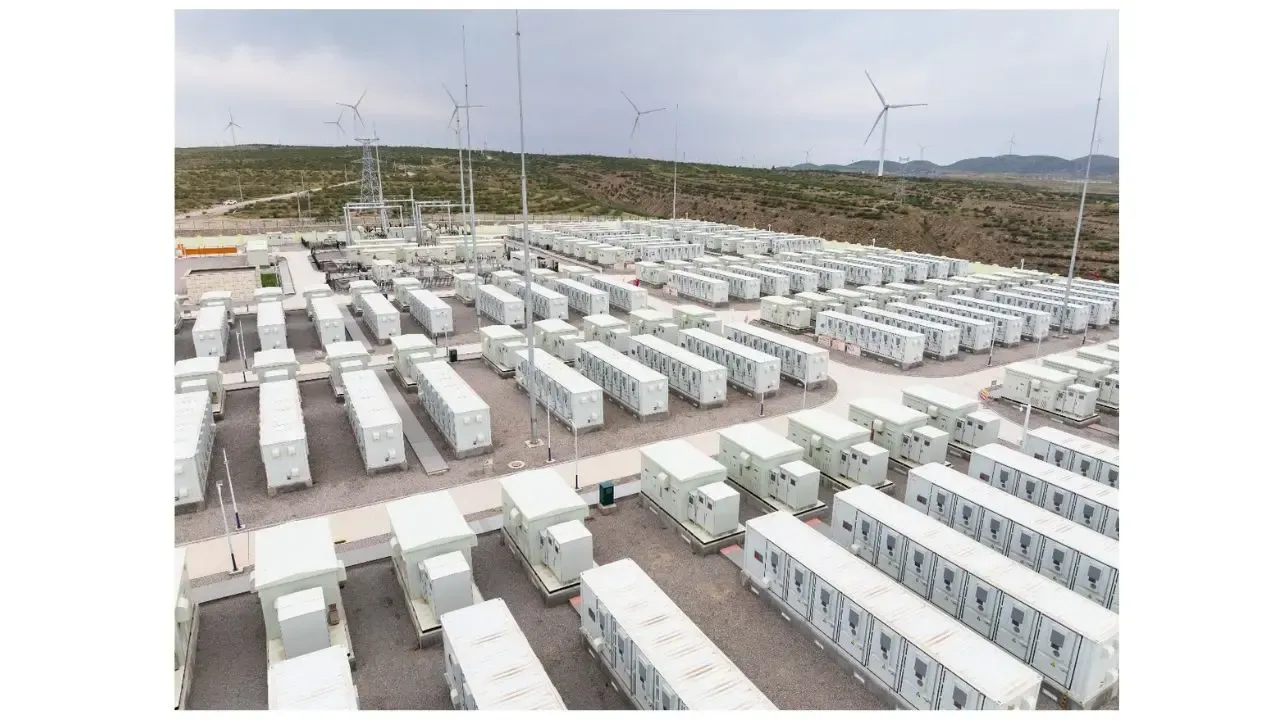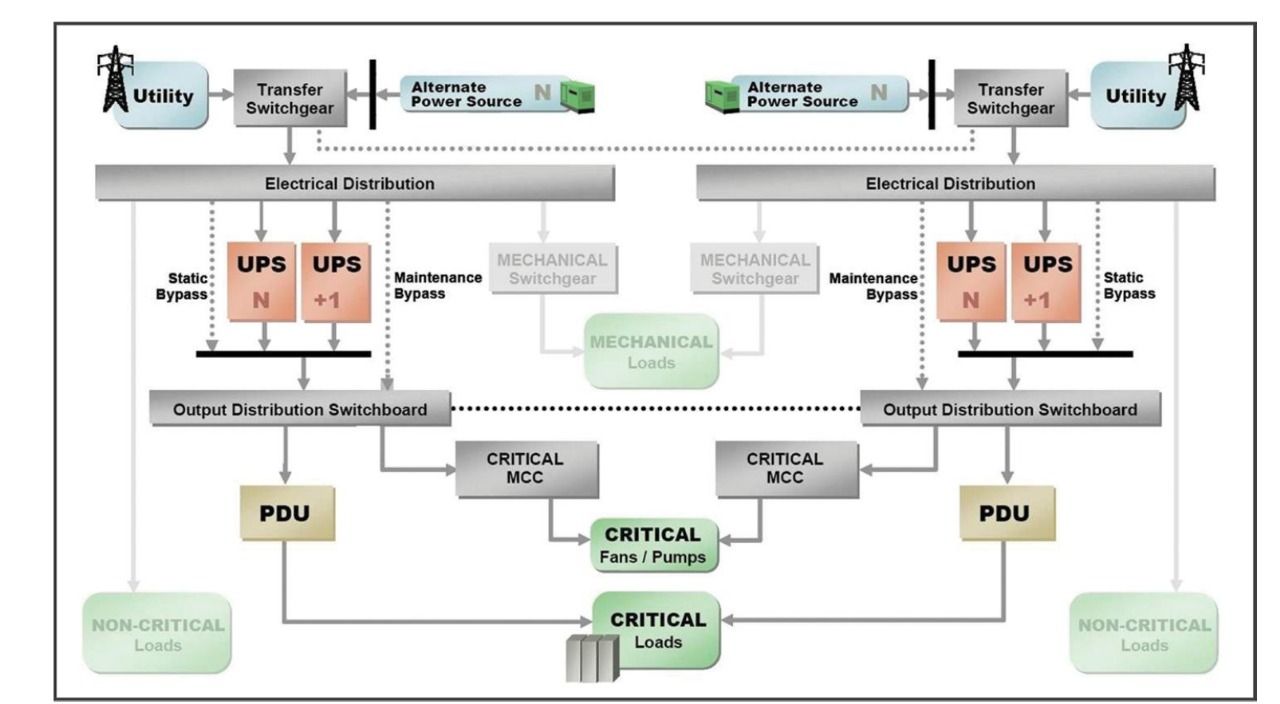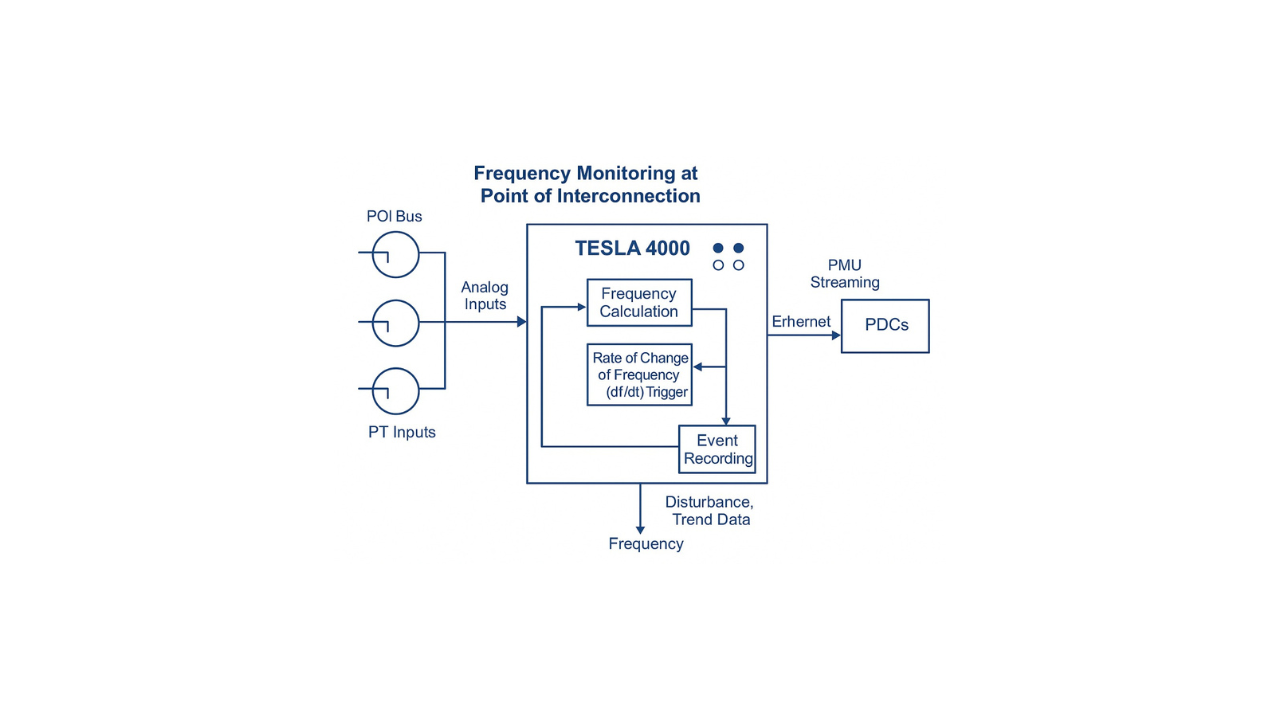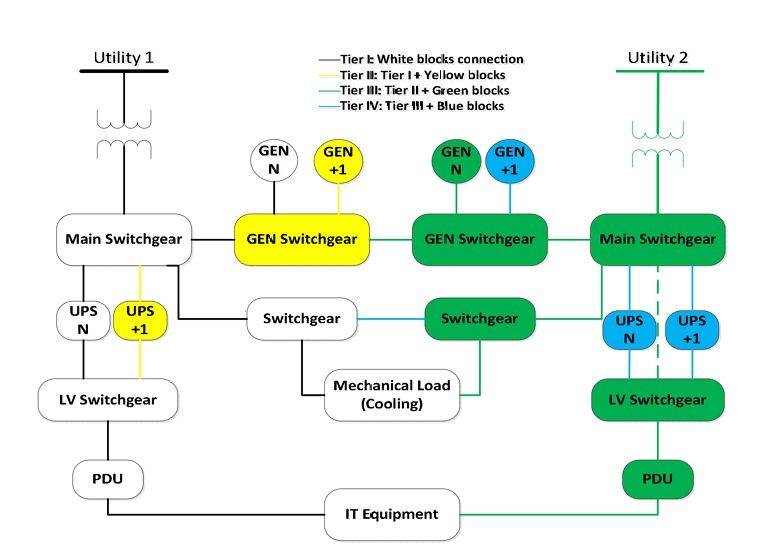A Coordinated Electric System Interconnection Review—the utility’s deep-dive on technical and cost impacts of your project.
Challenge: Frequent false tripping using conventional electromechanical relays
Solution: SEL-487E integration with multi-terminal differential protection and dynamic inrush restraint
Result: 90% reduction in false trips, saving over $250,000 in downtime
IEEE Std 2800-2022 Compliance for Inverter-Based Resources: A Practical Guide for GOs
April 25, 2025 | Blog

Transforming Grid Compliance with IBRs – A Keentel Engineering Perspective
The rise of inverter-based resources (IBRs)—including solar, wind, and battery energy storage systems (BESS)—has transformed the electric power industry. As utilities and independent power producers (IPPs) seek reliable and standards-based grid integration, IEEE Std 2800-2022 emerges as a foundational benchmark.
At Keentel Engineering, we guide clients through every step of IEEE 2800 compliance, providing engineering, modeling, and verification services tailored for solar, BESS, and hybrid power systems.
As a trusted partner to utilities, developers, and independent power producers (IPPs), Keentel Engineering offers full-spectrum support for IEEE 2800 compliance, spanning modeling, testing, protection design, and performance verification. Whether you’re advancing a new solar project or designing an innovative battery energy storage system, we ensure your assets are future-ready.
What Is IEEE Std 2800-2022?
Formally titled Standard for Interconnection and Interoperability of Inverter-Based Resources Interconnecting with Associated Transmission Electric Power Systems, IEEE 2800-2022 establishes uniform technical performance criteria for IBRs connecting to transmission and sub-transmission systems.
Core Focus Areas:
1. Voltage and frequency ride-through
2. Reactive and active power control
3. Dynamic grid support during disturbances
4. Power quality, harmonics, and flicker mitigation
5. Coordinated protection system performance
Unlike fragmented regional standards, IEEE 2800 streamlines national grid integration and future-proofs IBR deployments.
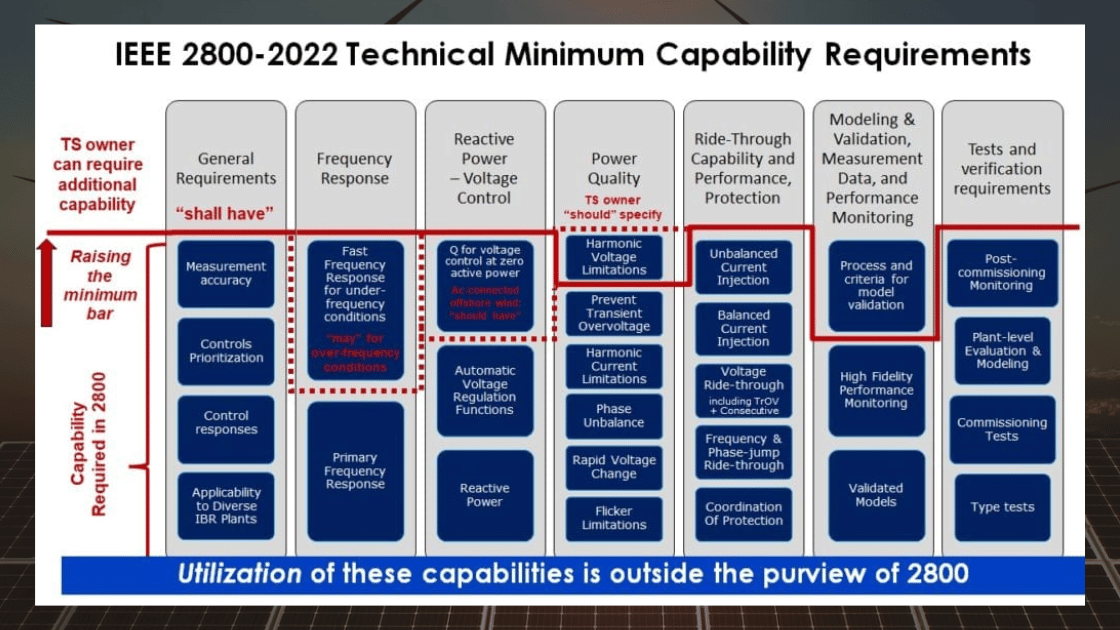
Why IEEE 2800-2022 Is Vital for Generator Owners
Historic events like the Blue Cut Fire Disturbance exposed the vulnerability of inverter-based plants to grid faults. IEEE 2800 addresses these gaps by:
- Mandating resilient ride-through capabilities
- Enhancing fault response with real and reactive power support
- Aligning interconnection practices with modern reliability standards
For Generator Owners, achieving compliance avoids costly delays, reduces curtailment risks, and strengthens grid resilience.
How Keentel Engineering Supports IEEE 2800 Compliance
Our interconnection studies and dynamic modeling services deliver a seamless path to compliance through:
- Preliminary feasibility studies and Authority Governing Interconnection Requirements (AGIR) engagement
- PSCAD™, PSS®E®, EMT, and ETAP dynamic modeling
- Fast Frequency Response (FFR) and Primary Frequency Response (PFR) system design
- Power quality assessments and harmonic mitigation aligned with grid modernization goals
- Protection coordination studies including ROCOF and anti-islanding design
Key Technical Areas for IEEE 2800 Compliance
1. Voltage and Frequency Ride-Through (VRT/FRT)
IBRs must withstand temporary voltage or frequency disturbances without disconnecting unnecessarily. We validate performance against detailed ride-through curves.
2. Active Power Controls
Autonomous control of real power output for grid frequency stability is mandatory. Keentel engineers FFR and PFR settings tailored for utility-scale renewables.
3. Reactive Power and Voltage Support
Dynamic reactive power delivery—through constant voltage, droop control, or power factor regulation—is essential to maintain transmission voltage stability.
4. Grid Abnormal Condition Support
Inverter systems must assist during faults by dynamically boosting voltage or shedding active power smoothly.
5. Power Quality and Harmonic Control
Through detailed harmonic analysis, Keentel ensures that systems comply with IEEE 519 and IEC 61000 standards, minimizing distortion and flicker.
6. Protection Scheme Engineering
Anti-islanding features, over/under voltage and frequency relays, and ROCOF detection are critical to grid protection and must be modeled accurately.
Application of IEEE 2800 Across Project Life Cycles
At Keentel Engineering, we incorporate IEEE 2800 compliance from project conception to commissioning:
➤ During Development:
We assist clients with AGIR (Authority Governing Interconnection Requirements) engagement, identifying applicable RPA (Reference Points of Applicability), and configuring plant capabilities accordingly.
➤ During Design:
We help model inverter behavior, verify test plans, and design custom controls to meet both standard and site-specific TS (Transmission System) owner requirements.
➤ During Commissioning:
We oversee performance testing, ensure settings align with POM (Point of Measurement) or POI (Point of Interconnection) requirements, and document verification.
Supporting Innovation: IEEE 2800 and Emerging Technologies
IEEE 2800 recognizes that innovation must not be constrained. The standard includes:
- Flexibility for grid-forming inverters
- Consideration for hybrid plants (e.g., solar + storage)
- Guidelines for VSC-HVDC connected offshore wind
Our engineers are actively involved in projects that test the limits of this standard and offer insights to grid operators seeking stability from unconventional configurations.
Why Partner with Keentel Engineering?
- Over 30 years of power system engineering excellence
- Certified experts in CAISO, ERCOT, PJM, and NERC standards
- Proven success in helping renewable developers avoid compliance delays
- Advanced modeling platforms like PSCAD™, ETAP, EMTP-RV, and PSSE®
- Field-validated, regulator-accepted models and studies
FAQ on IEEE Std 2800-2022 for Developers, Utilities, and Engineers
1. What is the purpose of IEEE 2800-2022?
It establishes uniform technical minimum interconnection and performance requirements for IBRs connected to transmission systems.
2. Who must follow this standard?
Developers, owners, and operators of inverter-based generation projects connecting to the transmission grid.
3. Is IEEE 2800 legally binding?
No. It must be adopted by a local authority (AGIR) to be enforced.
4. What types of systems are covered under IEEE 2800?
Solar PV, wind, and battery storage systems using inverters.
5. Does IEEE 2800 apply to distribution systems?
No, IEEE 2800 is for transmission and sub-transmission. IEEE 1547 applies to distribution-level IBRs.
6. What is the RPA (Reference Point of Applicability)?
The location where compliance with IEEE 2800 must be demonstrated, typically near the POI or POM.
7. What is ride-through capability?
The ability of an IBR to remain online during short-term disturbances in voltage or frequency.
8. How is active power managed under this standard?
Inverters must support primary frequency response and optionally FFR (Fast Frequency Response).
9. Is reactive power control mandatory?
Yes, IBRs must provide voltage-dependent reactive power control capabilities.
10. What is Fast Frequency Response (FFR)?
Rapid power output adjustment (within 1 second) to stabilize frequency deviations.
11. Are harmonic limits addressed?
Yes, the standard mandates limits and verification of harmonic current and voltage per IEC 61000.
12. What type of modeling is required?
Steady-state, dynamic (PSSE/PSCAD), and electromagnetic transient (EMT) models for interconnection studies.
13. Does the standard address testing?
Yes, verification methods are outlined including type testing, modeling validation, and plant performance testing.
14. Are hybrid plants included?
Yes, but only the inverter-based portions are subject to IEEE 2800 compliance.
15. Does IEEE 2800 cover HVDC systems?
It applies to IBRs connected via VSC-HVDC links but not to standalone HVDC systems.
16. How does IEEE 2800 relate to NERC standards?
It complements reliability standards like PRC-024, VAR-002, and MOD-026, helping close identified gaps.
17. What about plant protection schemes?
Inverter-based protection must be coordinated with TS protection (e.g., anti-islanding, ROCOF).
18. What happens if AGIR adopts a different standard?
AGIR has authority to enforce different or additional requirements beyond IEEE 2800.
19. Can Keentel help retrofit existing plants for compliance?
Yes, we assess existing configurations and offer upgrade designs for partial or full compliance.
20. What support does Keentel Engineering offer?
We offer full-service engineering, modeling, compliance analysis, testing, and interconnection documentation.
Secure IEEE 2800 Compliance with Keentel Today
Grid codes are evolving, and IEEE 2800 sets the new bar. Ensure your IBR plant not only connects but thrives within the modern electric system.

About the Author:
Sonny Patel P.E. EC
IEEE Senior Member
In 1995, Sandip (Sonny) R. Patel earned his Electrical Engineering degree from the University of Illinois, specializing in Electrical Engineering . But degrees don’t build legacies—action does. For three decades, he’s been shaping the future of engineering, not just as a licensed Professional Engineer across multiple states (Florida, California, New York, West Virginia, and Minnesota), but as a doer. A builder. A leader. Not just an engineer. A Licensed Electrical Contractor in Florida with an Unlimited EC license. Not just an executive. The founder and CEO of KEENTEL LLC—where expertise meets execution. Three decades. Multiple states. Endless impact.
Services

Let's Discuss Your Project
Let's book a call to discuss your electrical engineering project that we can help you with.

About the Author:
Sonny Patel P.E. EC
IEEE Senior Member
In 1995, Sandip (Sonny) R. Patel earned his Electrical Engineering degree from the University of Illinois, specializing in Electrical Engineering . But degrees don’t build legacies—action does. For three decades, he’s been shaping the future of engineering, not just as a licensed Professional Engineer across multiple states (Florida, California, New York, West Virginia, and Minnesota), but as a doer. A builder. A leader. Not just an engineer. A Licensed Electrical Contractor in Florida with an Unlimited EC license. Not just an executive. The founder and CEO of KEENTEL LLC—where expertise meets execution. Three decades. Multiple states. Endless impact.
Leave a Comment
We will get back to you as soon as possible.
Please try again later.
Related Posts


